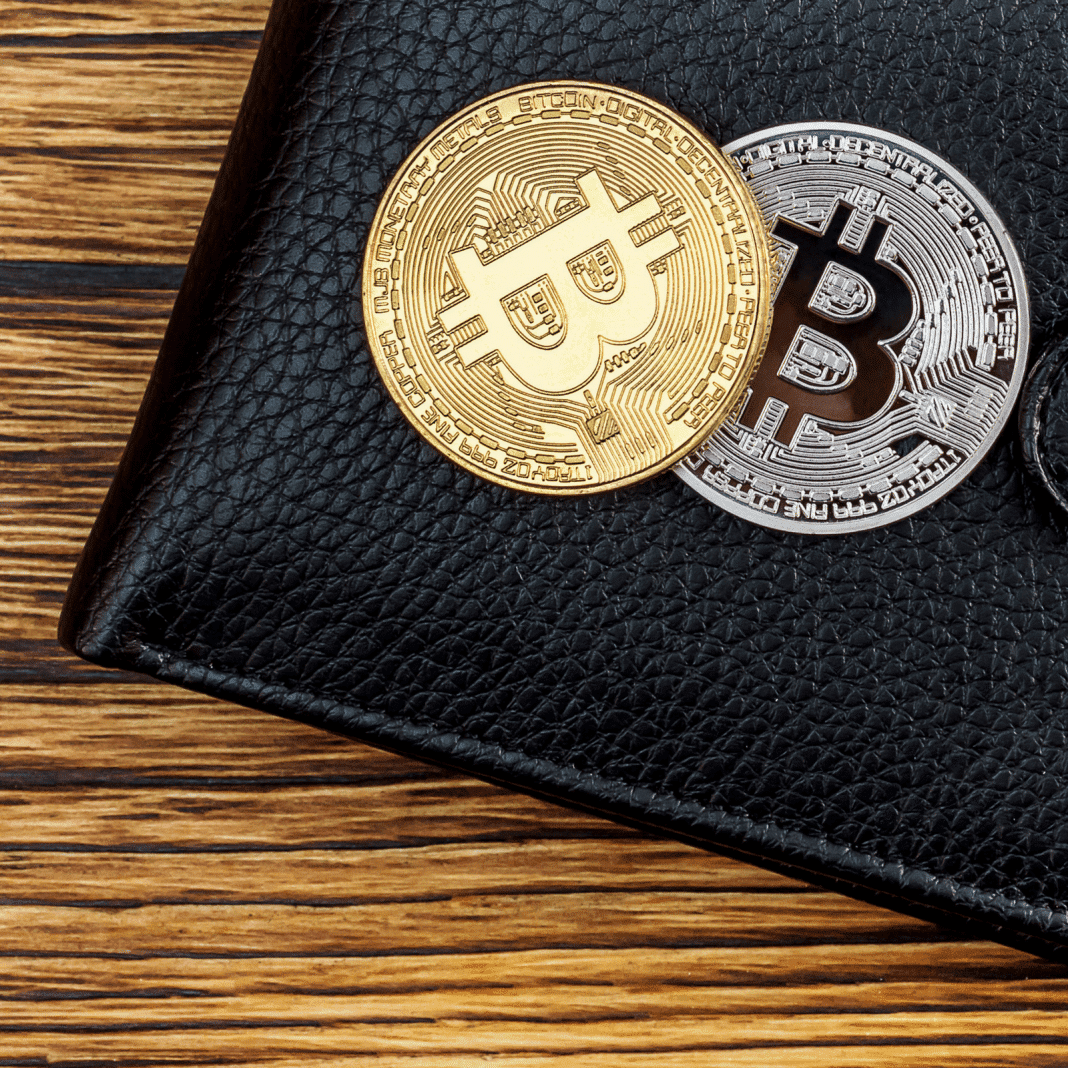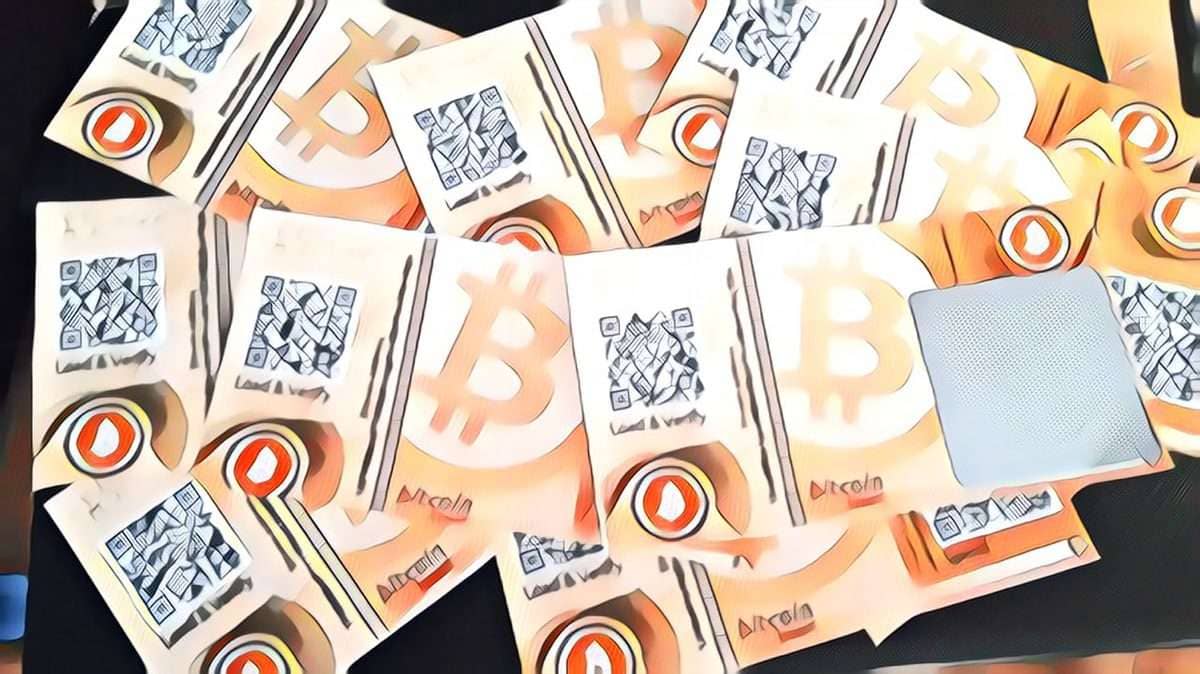+86-(0)768-6925905
Content
This is similar to what Ethereum will be looking at implementing through what it has called “sharding”. Many cryptocurrencies have been labelled Ethereum killers in the past. I have already reviewed, for example, how Cardano (ADA-USD) and Ethereum match up in this article.

As for Solana, its smart contracts are mostly written in Rust and are called programs. Despite these setbacks, the Solana ecosystem grows by leaps and bounds. Solana apps such as 1Sol, Serum, Audius, Hedgehog, Anchor, and Raydium are some examples. It’s worth noting that this is not necessarily indicative of project performance as a whole, as Ethereum grows by smaller percentages due to the fact that it’s worth significantly more than Solana.
Veve Disney NFTs? Where & How To Buy Disneys NFT Explained
Distinguished tendencies corresponding to NFTs and decentralized finance have grow to be probably the most talked-about phrases in latest occasions. Because the demand for such blockchain-based options continues growing, the necessity for blockchain platforms to develop such options has additionally grown significantly. This speed allows for increased scalability since the environmental https://xcritical.com/ and monetary costs of Solana’s systems are lower. One of the main reasons that Solana was created in the first place was to solve the well-known TPS scalability issues of both Bitcoin and Ethereum. Given that Ethereum blockchains struggle to scale beyond 15-30TPS and have high transaction fees, this presents a major roadblocks for adoption of cryptocurrencies in day-to-day transactions.

Deciding which to buy may be more of a question of investment style than anything else. Investors who are a bit more cautious may opt for the more established Ethereum. And those who are more aggressive might opt for a newer player like Solana.
SOL Price Prediction – This Blast From the Past Coin Is up Over 100% In January!
It offers security and a complete set of tools to build any decentralized application. Ethereum is the first programmable blockchain, which enables developers to build decentralized applications using its general-purpose smart contracts feature. Ethereum 1.0 relies on a Proof-of-Work mechanism, the same as the mechanism that is used by Bitcoin’s blockchain. The network, then, is secured by hundreds of thousands of miners who participate in the process of consensus by “staking” their computing power/hardware. There are a few reasons why Ethereum and Solana are often compared. Smart contracts, or collections of code that carry out a set of instructions on the blockchain, are crucial in running decentralized finance, or DeFi, applications and nonfungible tokens, or NFTs.

Ethereum developers are hoping the Ethereum 2.0 – which is currently ongoing – will fix its existing issues and re-establish the platform as the leading smart chain. Solana was actually founded in 2017 by software engineer Anatoly Yakovenko but launched a couple of years later in 2020. In a nutshell, the platform provides a platform for fast, scalable and secure dApps and marketplaces. In the following Solana vs Ethereum review, we’ll consider the case for each project and take a look at future predictions from top analytical platforms. Solana could be just as large as Ethereum, if it manages to attract more developers to launch their apps on the Solana network.
One of the main advantages that Solana brings to the market is that it automates the transaction ordering process for blockchains. Additionally, the Solana project is open source, so third-party developers can build using the platform’s infrastructure. Solana is ahead of the cryptocurrency curve, and crypto investors should expect more from this growing platform. However, if Ethereum fails to solve the scalability problem, more and more new applications will be created on other platforms, and many existing ones may be transferred to new protocols. This algorithm creates a kind of competition between miners where they need to solve a complex mathematical problem.
1 Artist Spotlight: Space Case
Danksharding deals with today’s problem of data costs , and availability particularly for Optimistic Rollups where some of the transaction data are still stored on-chain. In theory, ZK rollups tend to be less data intensive, storing only validity proofs on-chain rather than compressed transaction data. I’m not sure they will benefit as much as ORs (please DO correct me if I’m wrong). I can’t think that the quantity of transactions per player per hour will ever make them suitable for running on Ethereum mainnet. By the time 4844 rolls around and rollups really start to scale, I don’t think there’ll be any concerns about maxing out TPS. Blockspace on “premium” chains will be absurdly cheap and the real problem will be what we actually do with it.
This extension acts as a vetting agent and conducts:
– Smart contract audits
– Checks token characteristics
– Simulates transaction flow
– Checks vs blocklist & allowlistSupports Ethereum and soon BNB and Solana.
— Web 2.5 Guy (@Web2Point5Guy) January 27, 2023
Solana doesn’t have the same scalability issues thanks to its PoH protocol. Since Solana users aren’t competing for block space to process transactions, their average fee per transaction is typically a small fraction of a penny. As the second most-popular cryptocurrency, Ethereum faces competition among users because of its limited capacity for handling transactions. If too many users try to push a transaction through at the same time, it bogs down the system and leads to slower transaction times and higher fees per transaction. The average price per transaction is a little less than $1, but historically it has been as high as $70.
While Ether, Ethereum’s native token, is traded just like Bitcoin, it is not meant primarily to be a digital form of money. Instead, it is a piece of programming that enables Ethereum to transmit assets across its network. The rising use circumstances of blockchain are gaining everybody’s consideration, ranging from buyers and enterprises to most of the people. Virtually any particular person who’s conscious of the crypto house needs to capitalize on the alternatives within the house.
Solana’s Parabolic Rise
Ethereum started a market where blockchain platforms were used for NFTs and smart contracts. It led to further expansion of the market and led to the birth of competitors like Polygon and Solana. While Solana provides major competition to the Ethereum platform, Polygon is just behind it. Solana provides much faster transactions at a reduced cost when compared to Ethereum and Polygon, while Polygon provides faster transaction speeds.
A perspective of costs on Solana vs Ethereum for airdropping NFTs. https://t.co/2tz6dQoe7o
— mr.y (@mryalamanchi) January 26, 2023
Hougan isn’t alone — the overall market has shown support for Solana, too. Now the fourth-largest cryptocurrency by market value, SOL hit an all-time high of nearly $259.96 on Saturday, and currently, it has a market cap of over $74 billion. KuCoin – This exchange currently offers cryptocurrency trading of over 300 other popular tokens. It is often the first to offer buying opportunities for new tokens.
Market cap
Behind Ethereum’s rise in the last few years is the fact that blockchain technology has become much more understood and accepted by the mainstream. In fact, a report by Deloitte shows that up to 86% of the companies they surveyed, were planning to put together a blockchain team. Firstly, it’s worth noting that, back in June, Solana secured funding of $314 million through the sale of private tokens. This has gone a long way in legitimizing Solana as a platform, and the money raised will be put towards expanding the platform’s presence in Decentralized Finance . Solana has more than doubled in price in the last month and is now the seventh largest cryptocurrency by market cap. Difference between Solana, Polygon, and Ethereum would obviously refer to scalability.
- Any dApps, from NFT marketplaces to DeFi platforms, can be built using Solidity.
- The leader of the cluster will build and timestamp the transaction with PoH consensus.
- This detailed comparability of Solana vs Polygon vs Ethereum will make it easier to make the appropriate selection.
- Polygon, does not have any competition from the other two when it comes to transaction speed.
- These DApps offer services and products in areas such as finance, gaming, and many others.
However, compared to the number of developers well-versed in other programming languages, it’s still true to say that programming in Solidity is a rather rare specialization. As of November 4, 2021, its market cap is $537 billion and 1 ETH is worth $4,540.63. Solana is an inflationary asset, meaning that the amount of Solana in circulation increases over time. Cryptonaute.fr needs to review the security of your connection before proceeding. To the best of our knowledge, all content is accurate as of the date posted, though offers contained herein may no longer be available. The opinions expressed are the author’s alone and have not been provided, approved, or otherwise endorsed by our partners.
How To Earn Money With Crypto Referral Programs
Ethereum has proven a far more versatile crypto than its more valuable and older sibling, Bitcoin. For instance, Decentralized Finance or DeFi and NFTs are the 2 largest tendencies within the crypto house proper now. Due to this fact, the comparability of Solana vs Polygon vs Ethereum is crucial for determining the perfect possibility transferring ahead. Even when the brand new opponents are providing a number of competitors, ETH has a powerful command over the crypto, DeFi, and NFT house.

Investors should be certain they can afford to lose the money they invest in SOL, even if they believe in Solana’s potential. Solana is a cryptocurrency that was designed to work similarly to and improve upon Ethereum. Named after a small Southern Californian coastal city, Solana is the brainchild of software developer Anatoly Yakovenko. The report highlights what is solana crypto that there are currently 4000+ monthly active open source developers working with Ethereum. On Solana, there are roughly 1000 open source developers working on various projects. Many of the leading dapps have already been built on Polygon with the ecosystem boasting 7000+ dapps already, a few of the most notable include Aave and SushiSwap.
Simply put, Solana is better for low transaction fees and speedy transfers, while Ethereum is better for security and decentralization. However, Ethereum currently has much more adoption and use cases. If it can catch up to Ethereum in terms of network capabilities, then users and investors may shift their attention to Solana.
Perhaps the biggest way it is hoping to make an impact is with voting. With recent debates surrounding the security and efficiency of voting, Ethereum could offer a powerful solution. Ethereum could use non-fungible tokens to verify someone’s identity, and then use smart contracts to store the records of votes on a tamper-proof ledger. This process could help solve some of the debate surrounding voting. Solana uses a proof-of-history model to verify interactions with smart contracts.
Investing in Solana
Probably not, but it is definitely worth betting something on this. Even if it doesn’t, there is plenty of room for both cryptocurrencies to coexist, much like I concluded in my analysis of ADA and Ethereum. Due to its recent surge, Solana is now the third-largest position in my crypto portfolio, and I intend to keep it that way. On the surface, Solana seems to be a much more efficient platform. Solana’s secret sauce seems to be programmed into its consensus mechanism, and it is called Proof-of-History .
